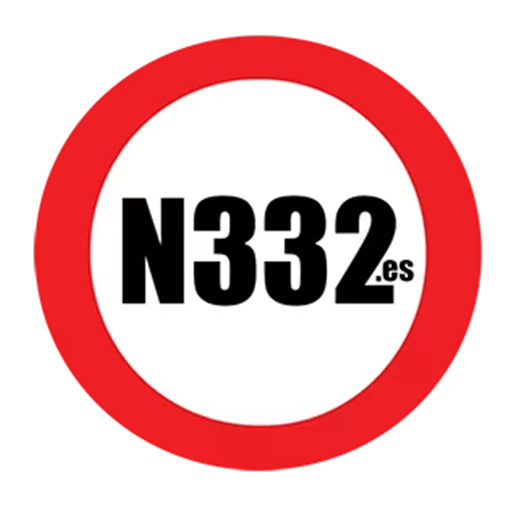During the summer period, Spain and other countries are on high alert for forest fires, which can be devastating to both the environment, and potentially to life. Because of the consequences of human actions, the penalties for throwing cigarettes or other items out of the car are high, but it is also important to know what to do if you come across a fire whilst driving.
The very first thing to do is remain calm. Do not panic. Also, do not put yourself at risk. Get to a safe location, identify exactly where you are, and then summon assistance, which is often best done through the 112 emergency number.
Contents
What to do if you encounter a fire while driving
If you discover that one of the stretches of road you are travelling on is affected by a fire, do not take any risks and stop your journey. In this case, it is best to stop in a nearby town (or, if there is none, in a place without vegetation) until you are sure that you can continue safely; or even retrace your steps.
The DGT recommends the following:
The first recommendation is to take general precautionary measures in case of any eventuality: travel with your mobile phone battery charged and with water in the car.
Notify 112 of the location of the fire. It is important that you never assume that they already know, as they may be overwhelmed by the existence of multiple sources of fire.
If you have the My112 app (available on Android and iOS), use it so emergency services can track your location more accurately.
Roll up the windows and turn off the vehicle’s ventilation systems to prevent toxic gases from entering the passenger compartment.
The DGT reminds that, in the presence of heavy smoke that reduces visibility, it is essential to turn on the car lights and the emergency lights to alert other drivers of your position.
If you find yourself in an extreme situation that requires you to abandon your car, make sure to cover all skin on your body and your respiratory tract, stay away from fire, and avoid taking shelter in caves or holes, as you could run out of oxygen. If possible, breathe through a damp cloth.
Always follow any instructions from emergency services in the area.
What you should not do in case of fire
First of all, the DGT warns that you should never try to cross an area affected by fire or smoke: the flames can move quickly and catch you before you can react. Instead, look for an alternative route that will take you away from danger.
If you need to stop, look for a safe place to do so. Choose a place that is far from the flames, in the opposite direction to the wind blowing and without vegetation around. “If none of this is possible, it is best to opt for an already burned area. If you are driving on an off-road route, you should look for asphalt as this will act as a firebreak,” they point out.
In these cases, it is also advisable to follow these recommendations:
Avoid going to high areas, as flames tend to move to higher areas.
Don’t leave your vehicle unless absolutely necessary; the vehicle offers some protection from heat and flames. If you must leave, look for an already burned area, as the fire is less likely to return there.
In summer, due to the high temperatures and dryness of the environment, it is advisable to avoid parking the car on any type of vegetation, as the heat from the engine could start a fire. It has happened before.
The DGT also reminds us that it is always better to park your car in paved areas rather than in dirt car parks, as the latter may have a vegetal substrate that could catch fire.
Discover more from N332.es - Driving In Spain
Subscribe to get the latest posts sent to your email.
